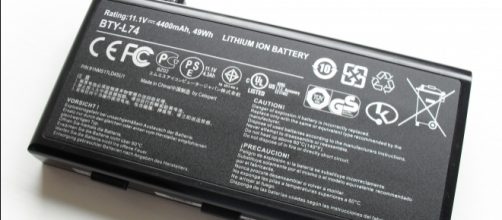As more smartphones, electric cars, and even new commercial airplanes hit the market, reliance on the lithium ion (Li-ion) Battery has never been higher. But the technology behind the battery has remained largely unchanged since 1991 and a history of problems with overheating has raised concerns about the industry’s reliance on lithium ion. As hope for a “black swan” or sudden emergence of radical new advancements in battery tech that will improve power and delivery life grows dim, the focus is now shifting to interest among energy users in controlling their own supply.
Phone battery banned on U.S. airline flights
You don’t need any better evidence of the issues surrounding battery technology these days than to just take a ride on any commercial airline flight in the U.S. Before takeoff, all passengers who might own a Samsung Galaxy Note 7 smartphone are notified that the device has been banned from aircraft after a Li-ion battery flaw apparently caused the phones to catch fire. This follows other problems over the past several years including overheating batteries that have affected hoverboards and the Boeing 787 Dreamliner.
At a panel discussion hosted in Silicon Valley on Wednesday by the Churchill Club, a panel of industry experts focused on the future of battery technology, especially the current Li-ion model.
According to one of the participants – Qichao Hu of SolidEnergy Systems – device makers have stretched Li-ion technology to its limits, specifically because the separator or membrane that divides competing chemical elements is no longer doing its job. “They’ve made this membrane too thin,” Hu told the Churchill Club audience.
Nevertheless, major industry players such as Tesla are making big bets that the Li-ion battery can ultimately handle the technology demand. The car maker has invested $5 billion to build their “Gigafactory” on the outskirts of Reno to manufacture new batteries for their electric cars. “Every large car company is investing in electric cars,” said Katherine Ryzhaya of Advanced Microgrid Solutions at the Wednesday panel discussion.
“It is clearly the future.”
Consumers assume greater role in energy storage
Tesla’s recent acquisition of SolarCity points to another important trend in the future of batteries. Many in the energy industry believe that we will see a growing movement towards distributed energy where consumers and businesses are not only going to generate their own power, but save it on their own for future use as well.
Advanced Microgrid Solutions is following this model as they are supplying industrial clients with energy storage using Tesla’s own batteries. By storing energy, the goal for municipal utilities is to reduce draw on the grid during periods of peak usage. “People are moving towards storing energy on their own,” said Eric Wesoff, an editor for Greentech Media, during the Churchill event.
Are there any new breakthroughs on the horizon for battery technology? Most of Wednesday’s panel did not see any new developments coming, although Hu’s company – SolidEnergy Systems – has made news in recent months with the announcement that they have developed a lithium ion battery with double the energy capacity. The MIT spin-off hopes to bring their battery to smartphones next year and to electric cars by 2018.
Until then, consumers and business executives will likely remain skeptical about the ability of lithium ion batteries to keep up with technology demands. “There is no black swan,” Wesoff told Wednesday’s gathering in Silicon Valley. “When you are talking to battery makers, be careful.”

